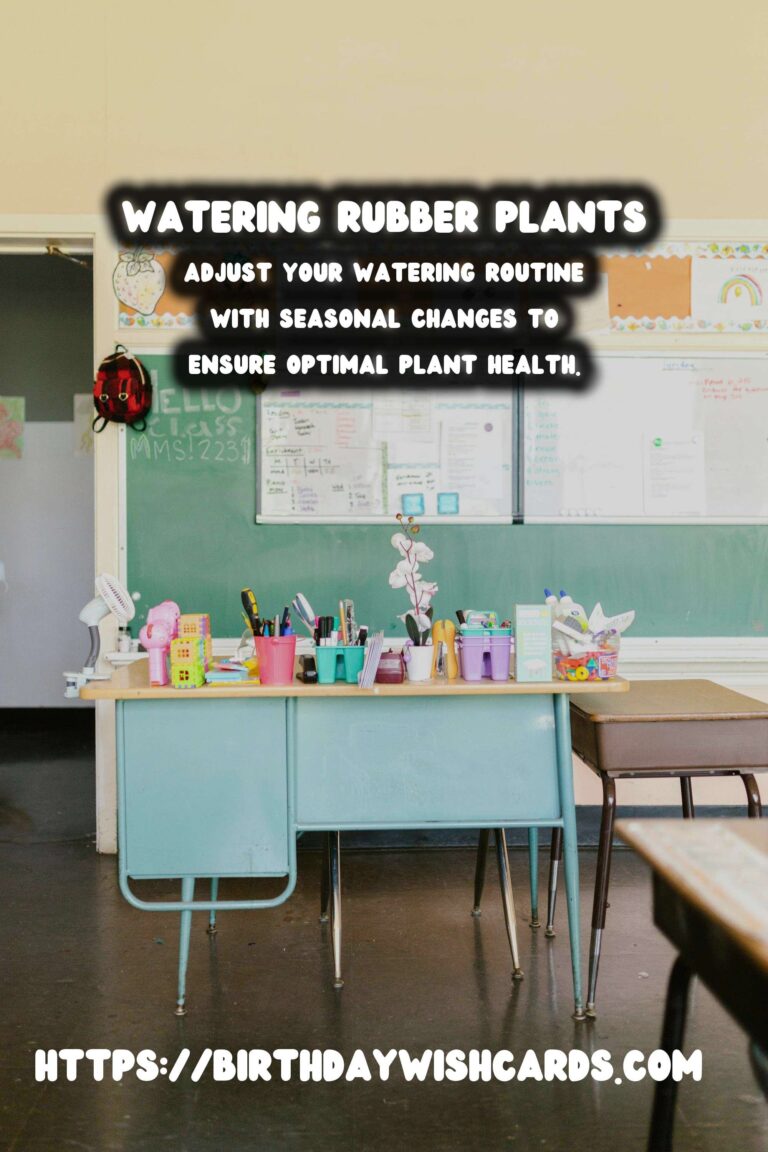
Rubber plants, known scientifically as Ficus elastica, are popular houseplants celebrated for their attractive glossy leaves and resilience. However, like any plant, they require specific care to thrive, particularly when it comes to watering. Understanding the appropriate watering frequency can significantly influence the health and growth of your rubber plant.
Understanding Rubber Plants
Before delving into the watering needs, it is essential to understand the natural habitat of rubber plants. Native to the rainforests of Southeast Asia, these plants experience a tropical climate characterized by high humidity and frequent rainfall. Despite their origins, rubber plants are incredibly adaptable and can thrive in various indoor environments.
Determining Watering Frequency
The watering frequency for rubber plants largely depends on several factors, including the plant’s size, pot size, soil type, environmental conditions, and the time of year. Generally, rubber plants prefer to dry out slightly between watering sessions. Overwatering can lead to root rot, while underwatering can cause the leaves to droop and fall.
Factors Influencing Watering Needs
- Size of the Plant: Larger plants with more foliage will require more water compared to smaller plants.
- Pot Size: Plants in smaller pots dry out faster than those in larger pots.
- Soil Type: A well-draining potting mix is ideal for rubber plants to prevent waterlogging.
- Environmental Conditions: Indoor humidity and temperature can affect how quickly the soil dries out.
- Seasonal Changes: Rubber plants typically need more water during the growing season (spring and summer) and less during dormancy (fall and winter).
How to Water Rubber Plants
To determine if your rubber plant needs water, check the top inch of the soil. If it feels dry to the touch, it’s time to water. Always use room temperature water and ensure that the pot has drainage holes to prevent excess water from accumulating at the bottom.
Watering Technique
Water the plant thoroughly, allowing water to run through the drainage holes. This ensures that the entire root system receives moisture. Avoid letting the plant sit in standing water, as this can lead to root rot.
Signs of Overwatering and Underwatering
Recognizing the signs of overwatering and underwatering is crucial for maintaining the health of your rubber plant. Overwatered plants may exhibit yellowing leaves, mushy stems, and root rot. On the other hand, underwatered plants often have dry, curling leaves and stunted growth.
Adjusting Watering for Environmental Changes
As the seasons change, so should your watering routine. During the warmer months, increase the frequency of watering to accommodate the plant’s growth needs. In contrast, reduce watering during the colder months when the plant’s growth slows down.
Additional Tips for Healthy Rubber Plants
In addition to proper watering, rubber plants benefit from regular dusting of their leaves to enhance photosynthesis. Fertilize the plant during the growing season with a balanced liquid fertilizer to promote lush growth. Ensure that the plant receives bright, indirect light for optimal health.
Conclusion
Caring for rubber plants requires an understanding of their specific needs, particularly regarding watering frequency. By paying attention to environmental conditions and adjusting your care routine accordingly, you can enjoy a thriving rubber plant that enhances the beauty of your home.
Rubber plants require specific care, particularly when it comes to watering. The watering frequency for rubber plants depends on factors such as plant size, pot size, and environmental conditions. Overwatering can lead to root rot, while underwatering can cause leaves to droop and fall. Adjust your watering routine with seasonal changes to ensure optimal plant health. Proper care includes using well-draining soil, avoiding standing water, and providing bright, indirect light. 
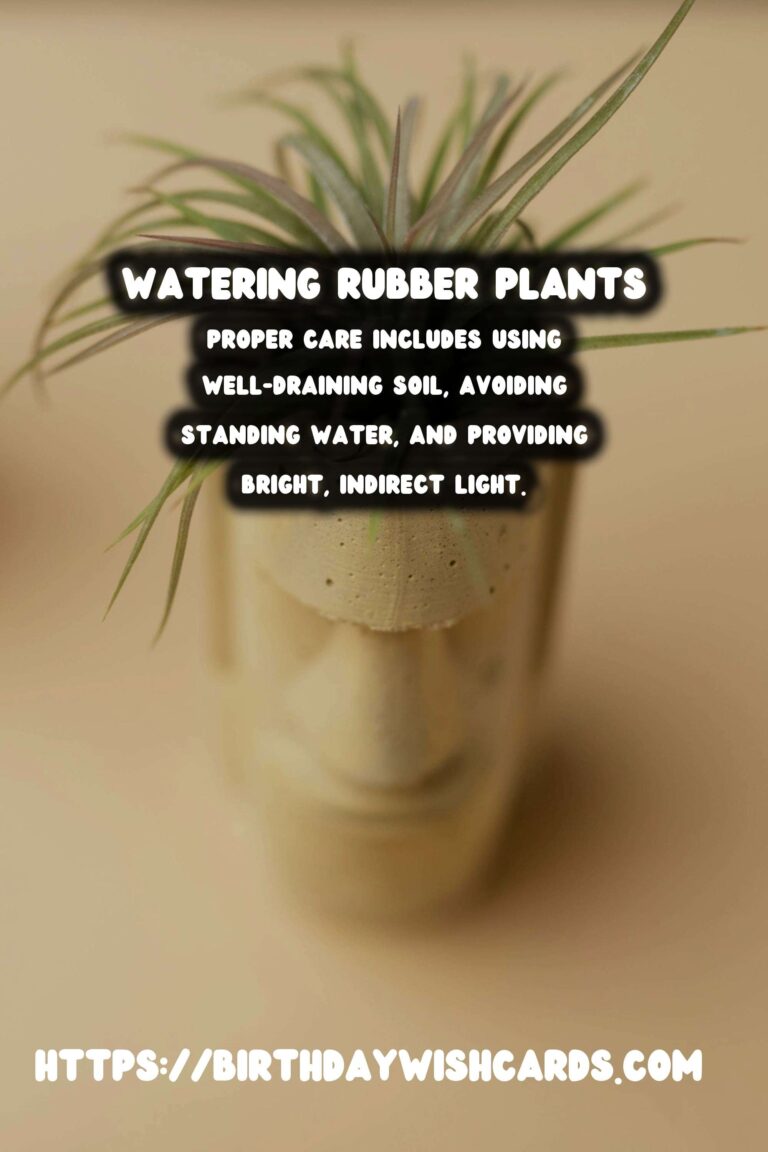

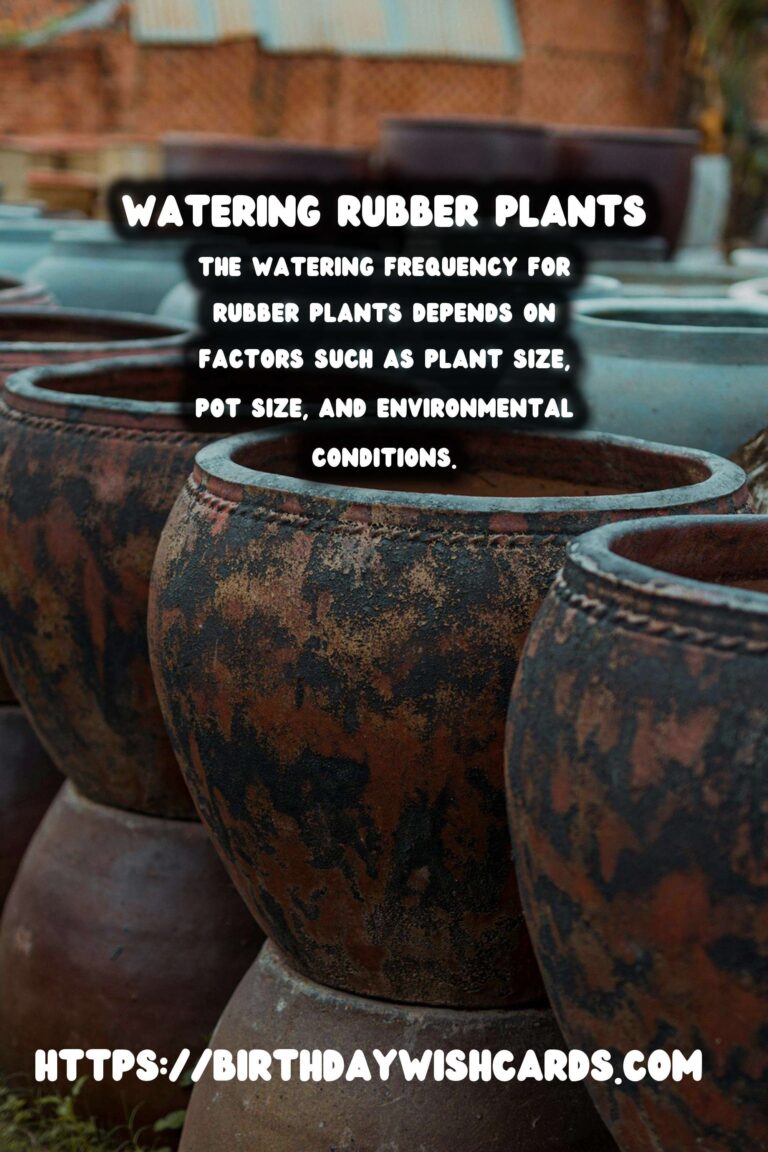

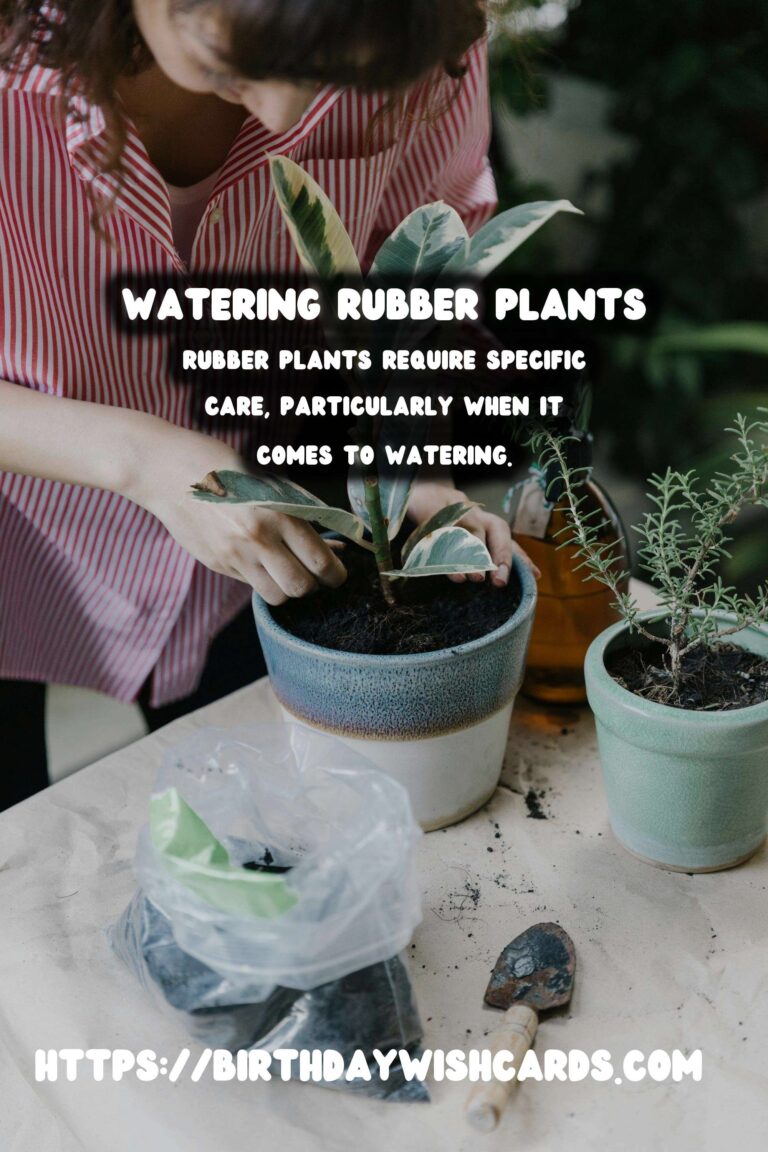
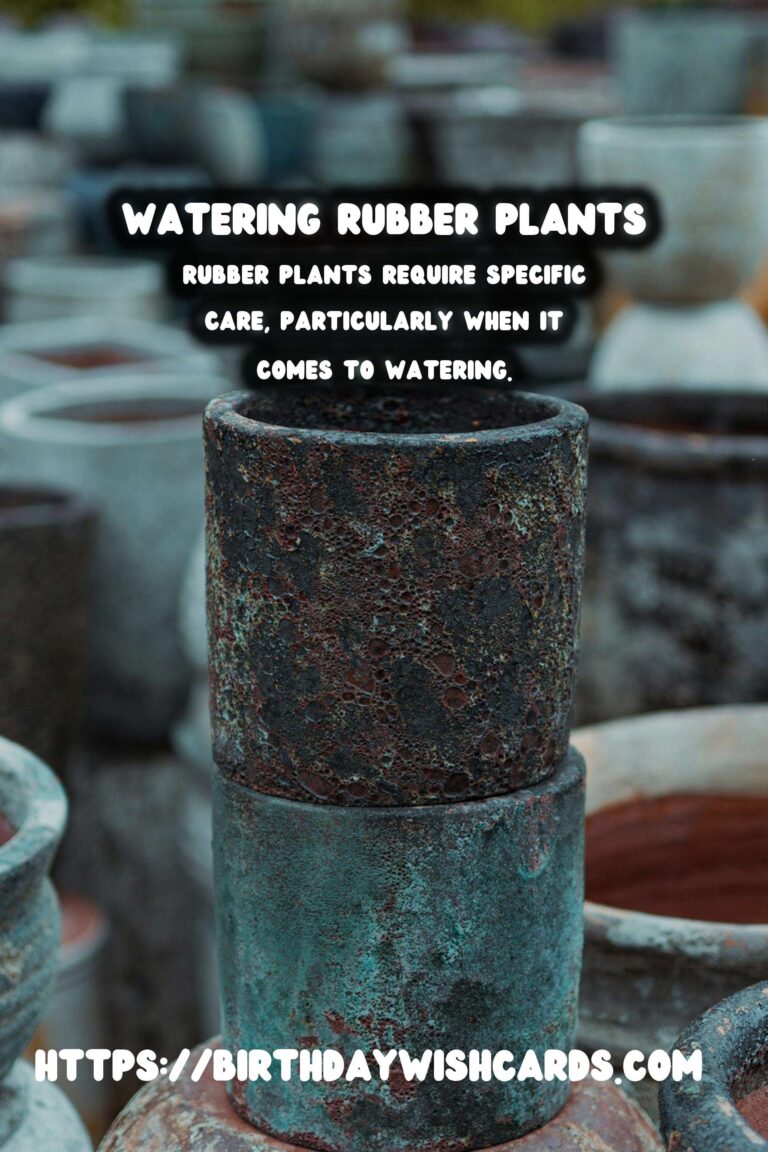
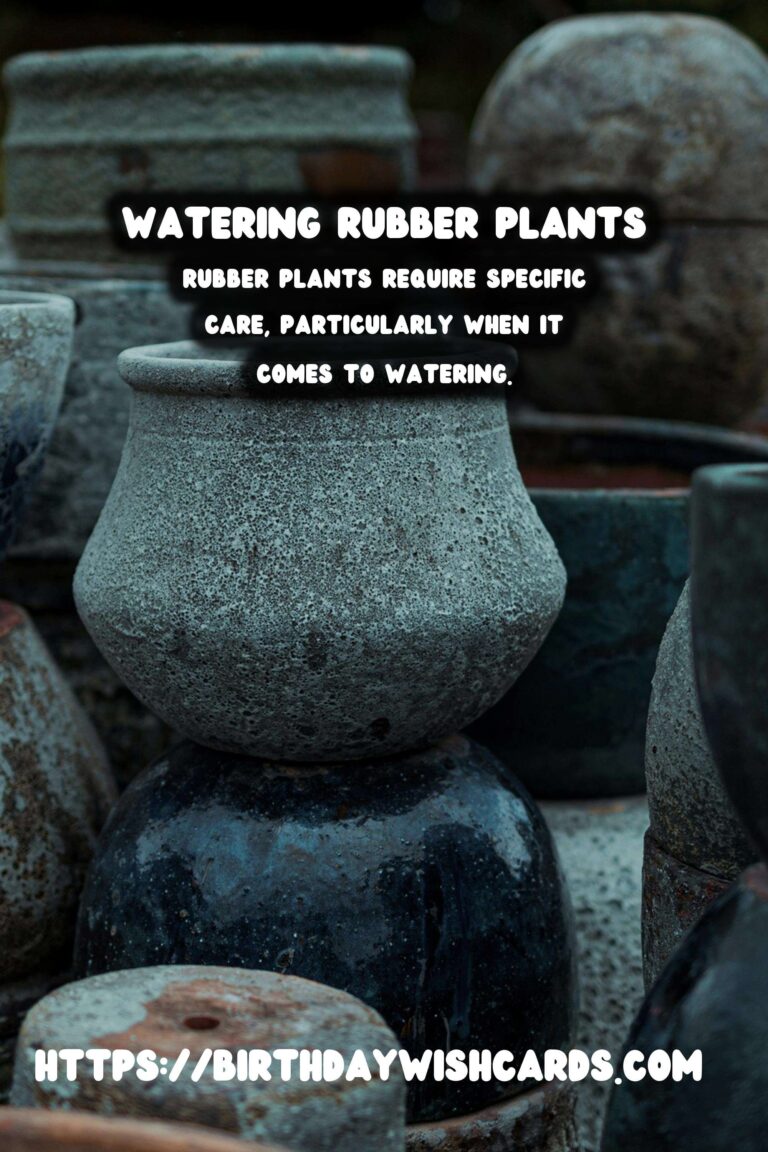
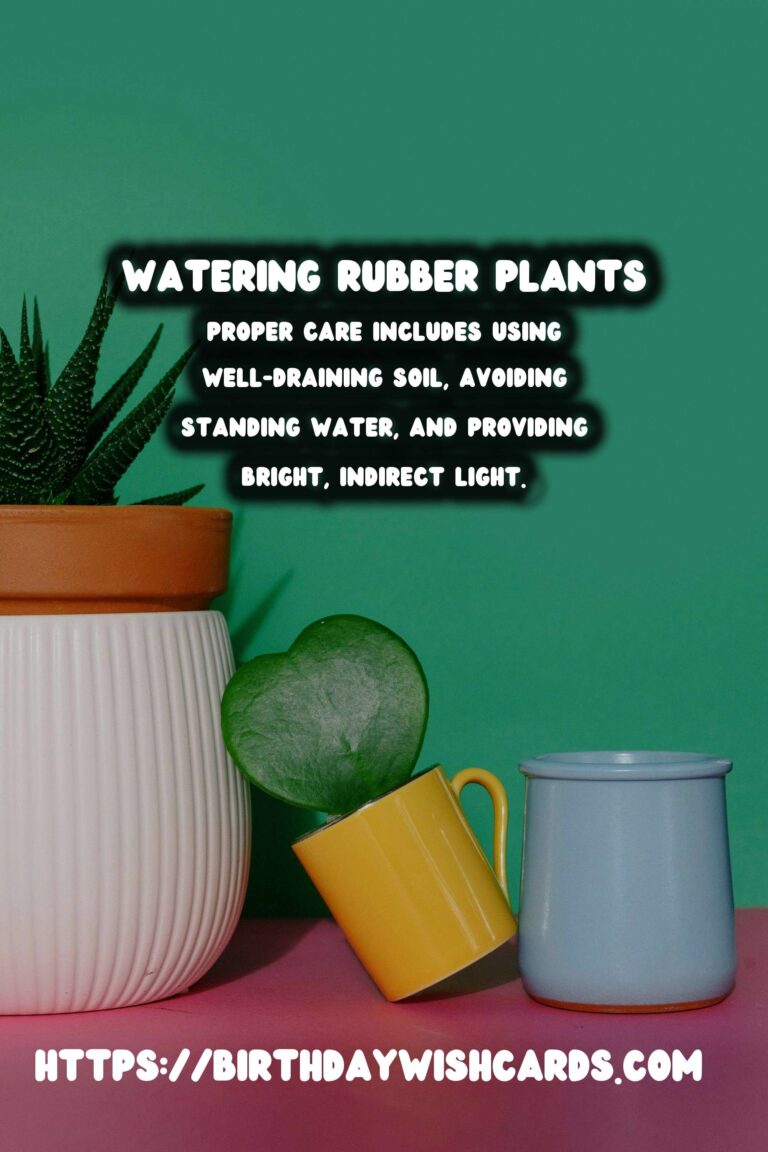
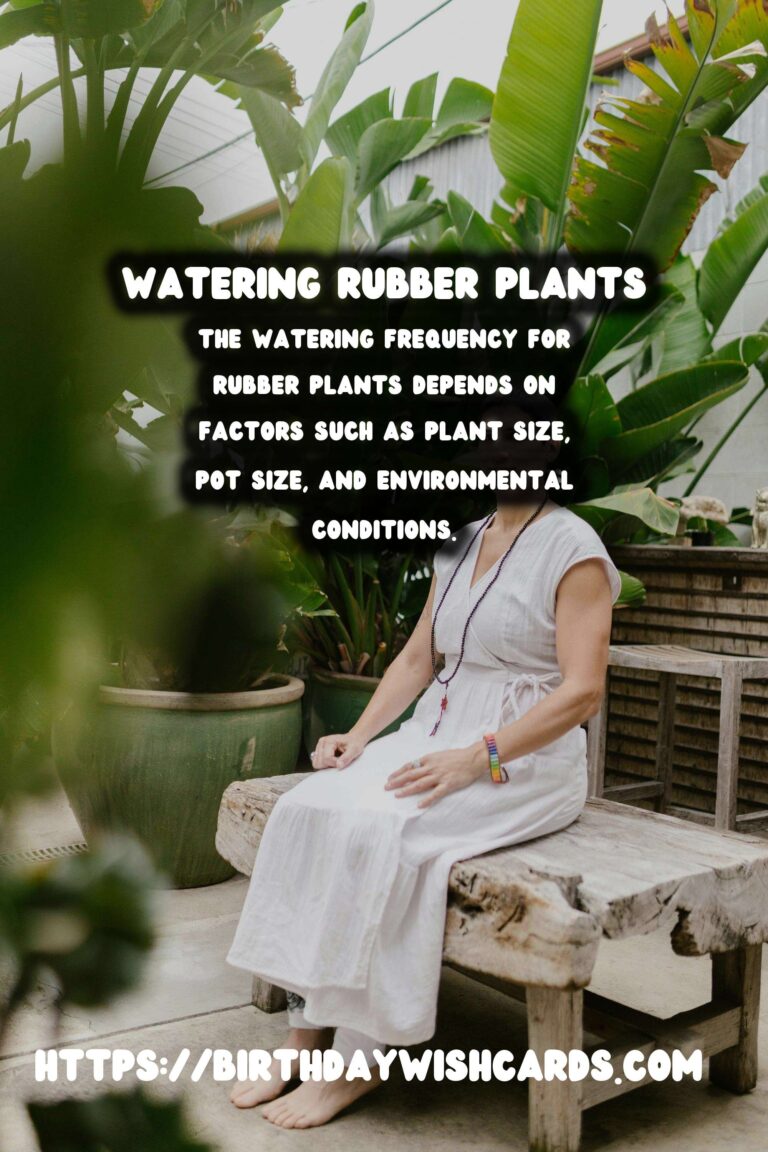
#RubberPlants #PlantCare #IndoorPlants #GardeningTips #Houseplants




